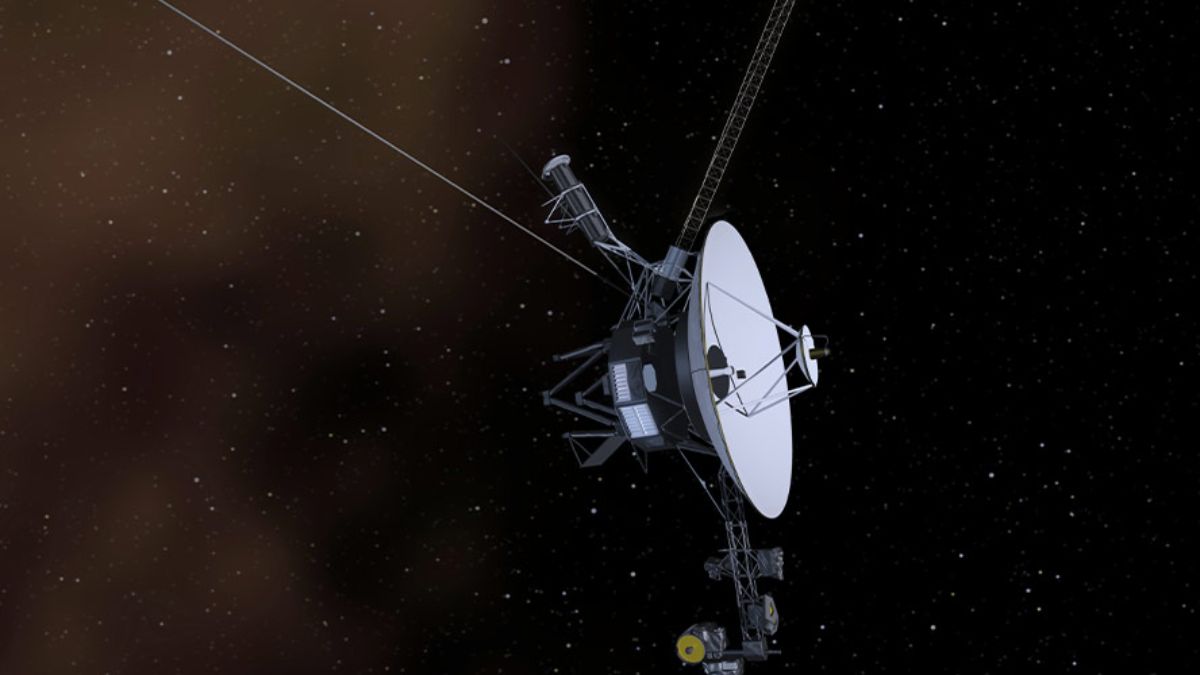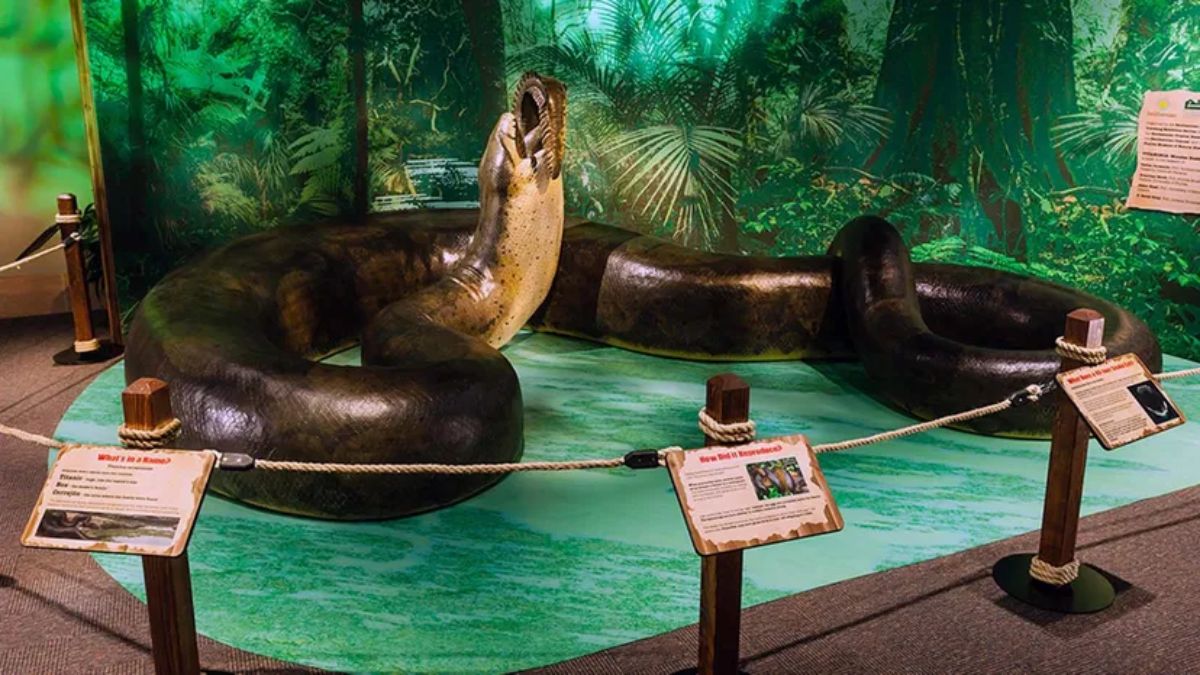Voyager 1 has been quietly soaring through space since 1977, and now, nearly 24 billion kilometers from Earth, it’s reached a major cosmic milestone. It just crossed an invisible yet powerful boundary known as the heliopause — the edge where the solar system ends and interstellar space begins.
Table of Contents
But what’s making headlines? The discovery of a scorching region dubbed the “wall of fire.” This zone has temperatures reaching 30,000°C, and yet, Voyager 1 continues its journey, untouched and undeterred.
Let’s break down what this all means and why it’s such a game-changer for space exploration.
Boundary
Since its epic launch, Voyager 1 has flown past Jupiter and Saturn, delivering unforgettable images and data. But its most significant chapter began when it left behind the planetary neighborhood and entered the outer layers of the solar system.
This mysterious edge — the heliopause — is not a physical wall you can see. Instead, it’s the point where the solar wind from our Sun meets the pressure of the interstellar medium. Think of it like the point where two rivers collide, their currents pushing against one another.
And right there, in this cosmic clash, Voyager 1 discovered something unexpected: a hot, thin zone — the so-called “wall of fire.”
Heliopause
So, what exactly is the heliopause? It’s the true boundary of our solar system. Inside this zone, everything is influenced by the Sun’s magnetic field and solar wind. Once you’re past it, the Sun’s influence fades, and you’re officially in interstellar space.
Why does this matter? Because:
- It blocks some harmful cosmic rays from reaching the inner solar system.
- It helps scientists understand how stars like the Sun protect their planets.
- It allows us to study plasma conditions we can’t recreate on Earth.
Crossing this zone isn’t just about reaching a new place. It’s about entering an entirely different environment — one governed not by our Sun, but by the galaxy beyond.
Temperature
Now, about that terrifying-sounding “wall of fire” — is Voyager 1 being roasted alive out there? Not quite. That 30,000°C doesn’t mean what you think.
NASA explains it like this: the high temperature refers to the kinetic energy of particles moving incredibly fast — almost at light speed. But because space out there is so empty, those particles hardly ever collide. It’s like standing in a hot oven… without any air to carry the heat.
So, Voyager 1 is perfectly safe. It’s more like flying through a warm breeze made of ghost particles.
Magnetism
Here’s where things get even more fascinating. Scientists expected that the magnetic field in interstellar space would be totally different from the one inside our solar system. But Voyager 1 found the fields on both sides of the heliopause are quite similar.
Why? Because the solar wind stretches out magnetic field lines far beyond the planets. When they meet the interstellar medium, they get squished, causing a phenomenon called magnetic reconnection. This process turns the energy of moving particles into heat — helping explain the fiery wall.
This finding challenges previous assumptions and forces us to rethink how magnetic fields behave in space.
Longevity
Can you believe Voyager 1 is still going after nearly 50 years? That’s like a vintage car running across the galaxy with just a few drops of fuel.
Each of its instruments now operates with only about 4 watts of power — less than a nightlight. Its nuclear batteries are slowly fading, but NASA’s engineers are squeezing every last drop of energy to keep critical instruments running, especially the plasma and cosmic ray detectors.
Communicating with Voyager 1 is no easy task either. At that distance, it takes over 20 hours for a signal to reach Earth. So NASA uses massive 70-meter antennas and highly sensitive receivers to listen to its whispers from the void.
They’re hoping to keep it alive until 2030. Can it make it? Time will tell.
Beyond
What happens now that Voyager 1 is officially in interstellar space?
It keeps flying. It keeps measuring. And it keeps teaching us. The spacecraft will now focus on studying the density, temperature, and magnetic properties of the interstellar medium. These readings will help shape future missions — possibly even ones that go beyond Pluto with astronauts onboard.
This small spacecraft has become our distant ambassador, paving the way for generations of explorers. It’s not just floating in space — it’s opening doors we never thought we could reach.
Voyager 1’s journey through the wall of fire is more than a milestone — it’s a turning point in our understanding of the cosmos. The boundary it crossed wasn’t just physical, but symbolic. It marks the moment humanity stepped beyond its home into the great unknown. And who knows? Maybe this wall is just the beginning of an even more exciting chapter.
FAQs
What is the heliopause?
It’s the boundary where the Sun’s influence ends.
How hot is the wall of fire?
Temperatures reach up to 30,000°C.
Is Voyager 1 still active?
Yes, it’s still sending data back to Earth.
Why doesn’t Voyager 1 burn?
Space is too empty for heat to transfer effectively.
What lies beyond the heliopause?
Interstellar space with unknown particles and fields.
















